My Favourite Painting: Tim Hands
Tim Hands chooses a wonderfully warm portrait of one of the most loved thinkers of the Victorian era.
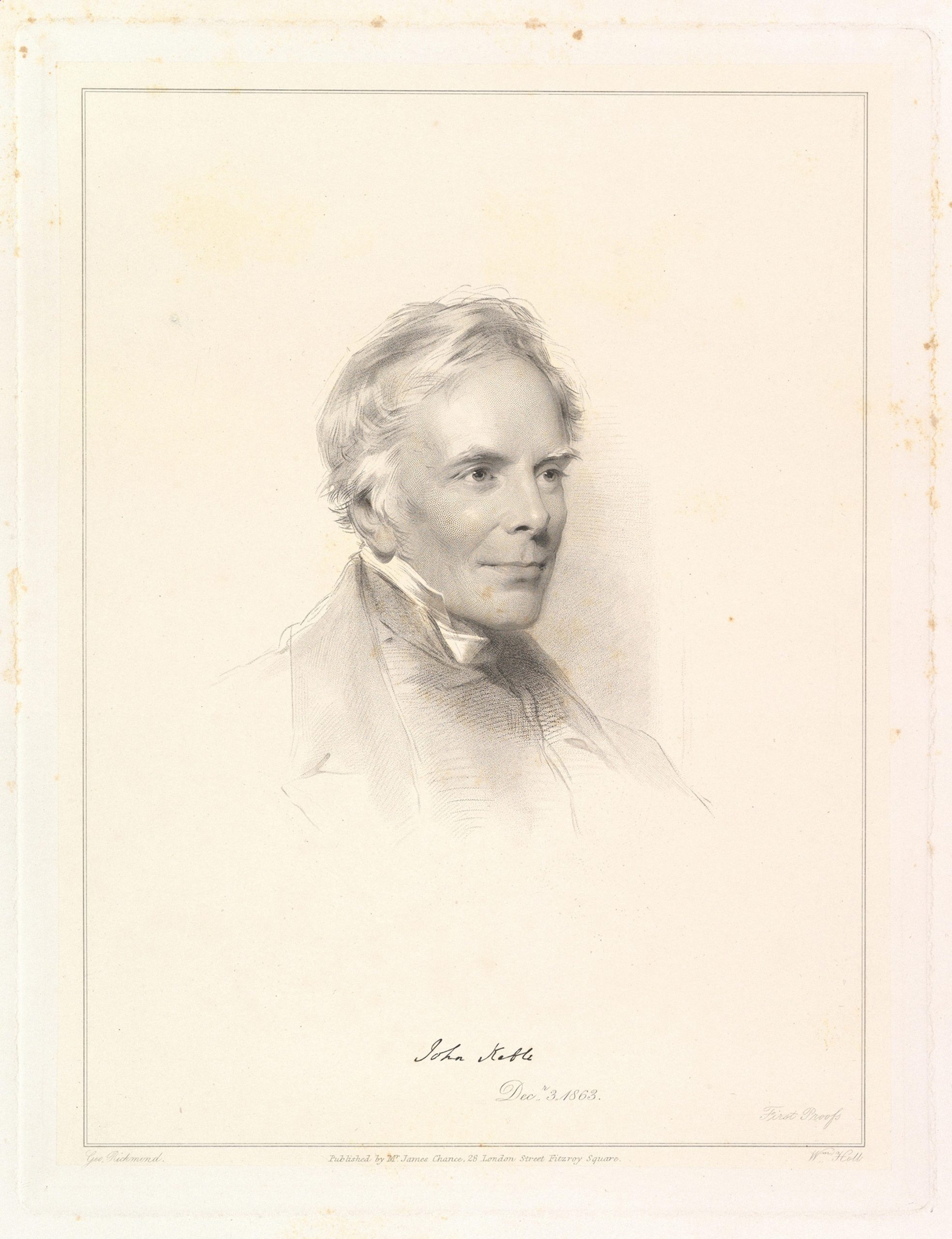

Tim Hands on his choice of The Rev John Keble, by George Richmond
‘Richmond’s portraits, with their distinctive highlights, beautifully reflect the visionary gleam of Victorian idealism. This portrait of John Keble, with its additional sense of the magical, unaffected integrity of a scholar, teacher, poet and priest — a nonpareil, whose every word was considered a brilliant or a pearl — is one of his best.
‘There are engravings in many collections, not least in the Senior Common Room of Oriel College, Oxford, where Keble and his colleagues, Newman and Thomas Arnold among them, shaped the principles of early-Victorian educational and religious reform. What people, what a period and what a portrait .’
Dr Tim Hands is headaster of Winchester College
John McEwen on George Richmond and The Rev John Keble
George Richmond and the Rev John Keble (1792–1866) were staunch High Churchmen of the 19th-century’s religious revival. Keble was a leading light of Tractarianism, also called the Oxford Movement, preaching the restoration of pre-Reformation liturgical and devotional rites. It led to Anglo-Catholicism and, in the case of the now canonised St John Newman, conversions to Roman Catholicism.
Richmond, the son of a professional miniaturist painter, entered the Royal Academy Schools at 15. He was a member of his friend Samuel Palmer’s idealistic brotherhood of ‘Ancients’, which sought a revival of Arcadian innocence with biblical and Vergilian undertones, much influenced by the artistic visionary William Blake. From middle age, as a Royal Academician, Richmond was best known for portraits of notable contemporaries.
Keble was the son of a country vicar. Educated at home, he won a scholarship to Oxford, where he was a brilliant undergraduate. He entered the Church and, despite his Tractarian importance, shunned ‘power and influence’ to become a rural curate like his father, whom he subsequently cared for with his sisters.
The Christian Year, his book of poems for Sundays and feast days, became the 19th century’s most popular poetry book. It provided the Church with a number of hymns, too.
Sign up for the Country Life Newsletter
Exquisite houses, the beauty of Nature, and how to get the most from your life, straight to your inbox.
Richmond’s much admired talent for drawn portraits met a worthy sitter in Keble, described by one contemporary as having ‘one of the most beautifully formed heads in the world’ and ‘brilliant, penetrating eyes which lighted up quickly with merriment’. The then theologically intended Keble College, Oxford, was founded in his memory in 1870. Richmond presented a bust of Keble he had sculpted.
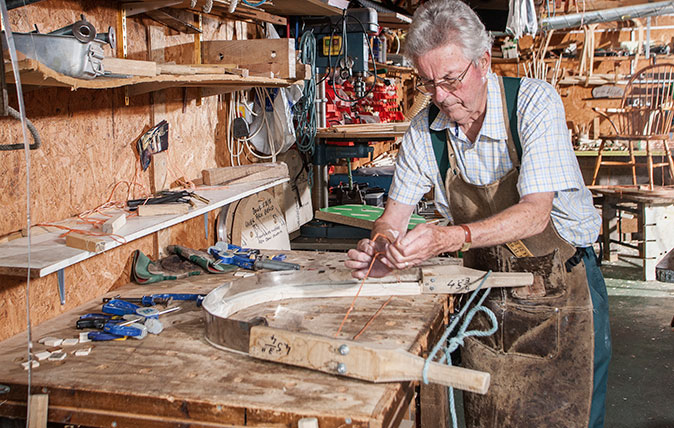
Credit: Jim Steele, Windsor chair maker ©Richard Cannon/Country Life Picture Library
The Windsor chair maker: 'What fascinates me is that a wooden chair can feel so lovely and comfortable. They just wrap themselves around you.'
Jim Steele has been making Windsor chairs by hand for a quarter of a century. He spoke to Tessa Waugh,
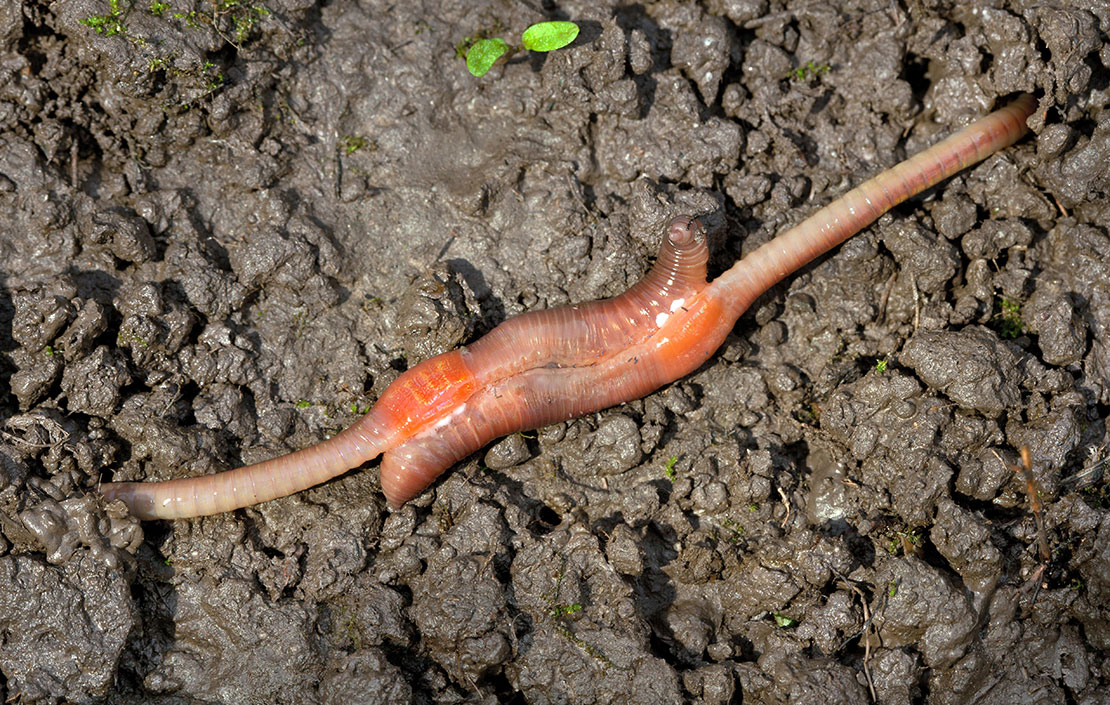
Jason Goodwin: On 1930s gardeners, the tragedy of tree diseases and the sexual habits of earthworms
Our columnist Jason Goodwin is handed a gem of the past, only for it to lead him to a dismal
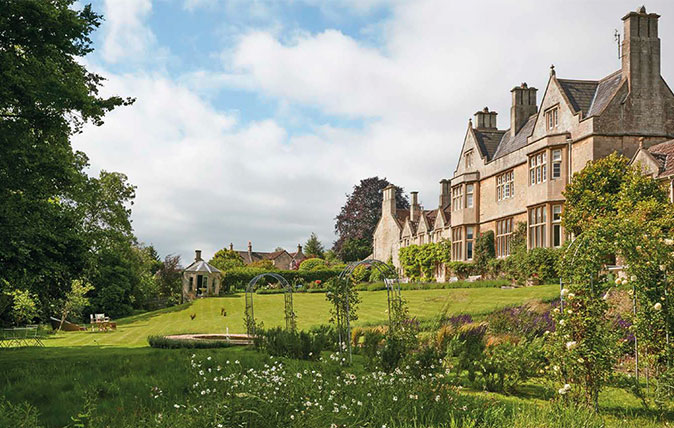
Credit: knight frank
A picture-perfect rectory just outside Bath where sense and sensibility have held sway
This fine country rectory just outside Bath has had half a million pounds trimmed from its asking price – a realistic
Country Life is unlike any other magazine: the only glossy weekly on the newsstand and the only magazine that has been guest-edited by HRH The King not once, but twice. It is a celebration of modern rural life and all its diverse joys and pleasures — that was first published in Queen Victoria's Diamond Jubilee year. Our eclectic mixture of witty and informative content — from the most up-to-date property news and commentary and a coveted glimpse inside some of the UK's best houses and gardens, to gardening, the arts and interior design, written by experts in their field — still cannot be found in print or online, anywhere else.
-
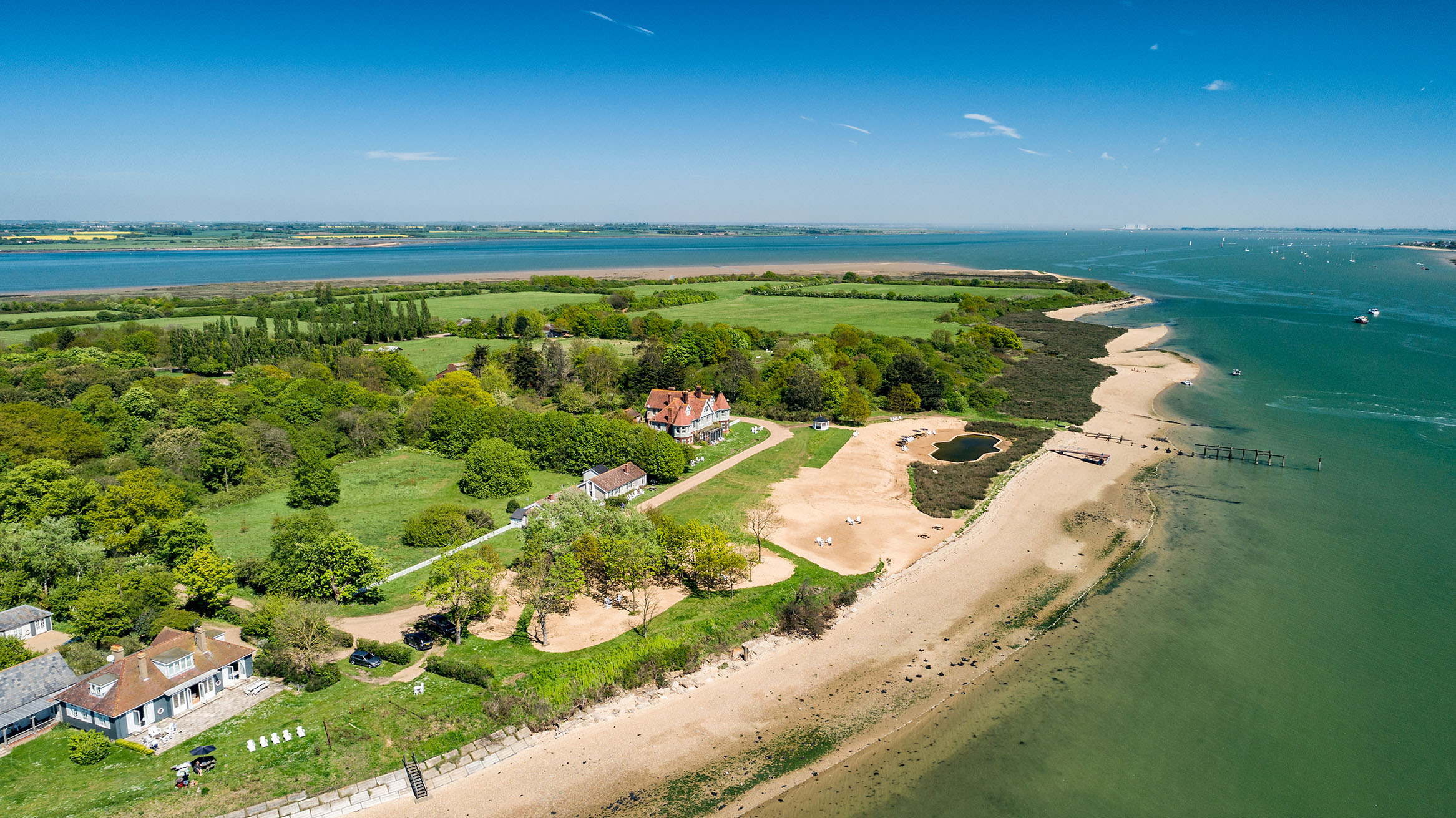 380 acres and 90 bedrooms on the £25m private island being sold by one of Britain's top music producers
380 acres and 90 bedrooms on the £25m private island being sold by one of Britain's top music producersStormzy, Rihanna and the Rolling Stones are just a part of the story at Osea Island, a dot on the map in the seas off Essex.
By Lotte Brundle
-
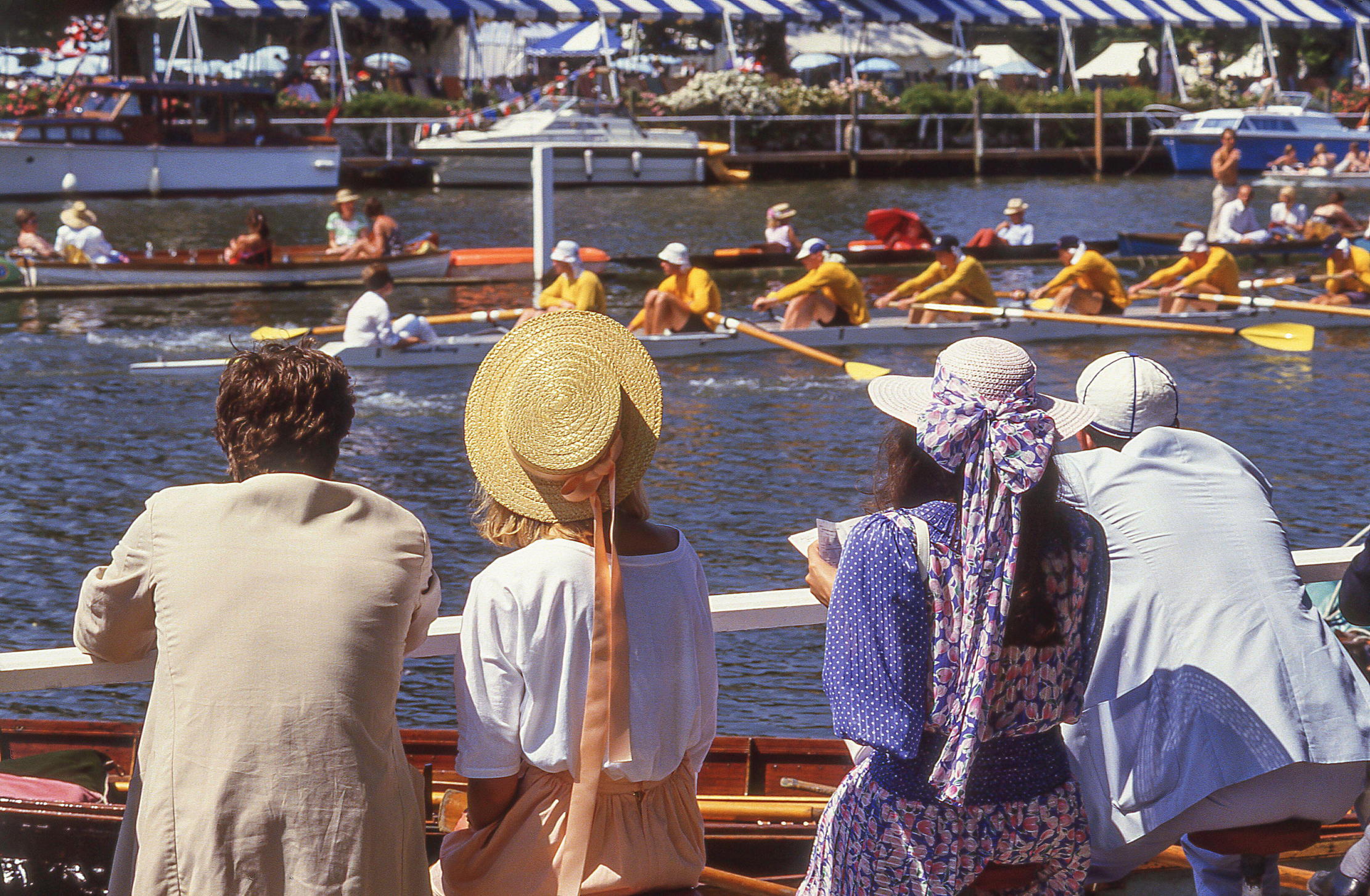 'A delicious chance to step back in time and bask in the best of Britain': An insider's guide to The Season
'A delicious chance to step back in time and bask in the best of Britain': An insider's guide to The SeasonHere's how to navigate this summer's top events in style, from those who know best.
By Madeleine Silver
-
 'As a child I wanted to snuggle up with the dogs and be part of it': Alexia Robinson chooses her favourite painting
'As a child I wanted to snuggle up with the dogs and be part of it': Alexia Robinson chooses her favourite paintingAlexia Robinson, founder of Love British Food, chooses an Edwin Landseer classic.
By Charlotte Mullins
-
 The Pre-Raphaelite painter who swapped 'willowy, nubile women' for stained glass — and created some of the best examples in Britain
The Pre-Raphaelite painter who swapped 'willowy, nubile women' for stained glass — and created some of the best examples in BritainThe painter Edward Burne-Jones turned from paint to glass for much of his career. James Hughes, director of the Victorian Society, chooses a glass masterpiece by Burne-Jones as his favourite 'painting'.
By Charlotte Mullins
-
 'I can’t look away. I’m captivated': The painter who takes years over each portrait, with the only guarantee being that it won't look like the subject
'I can’t look away. I’m captivated': The painter who takes years over each portrait, with the only guarantee being that it won't look like the subjectFor Country Life's My Favourite Painting slot, the writer Emily Howes chooses a work by a daring and challenging artist: Frank Auerbach.
By Toby Keel
-
 My Favourite Painting: Rob Houchen
My Favourite Painting: Rob HouchenThe actor Rob Houchen chooses a bold and challenging Egon Schiele work.
By Charlotte Mullins
-
 My Favourite Painting: Jeremy Clarkson
My Favourite Painting: Jeremy Clarkson'That's why this is my favourite painting. Because it invites you to imagine'
By Charlotte Mullins
-
 The chair of the National Gallery names his favourite from among the 2,300 masterpieces — and it will come as a bit of a shock
The chair of the National Gallery names his favourite from among the 2,300 masterpieces — and it will come as a bit of a shockAs the National Gallery turns 200, the chair of its board of trustees, John Booth, chooses his favourite painting.
By Toby Keel
-
 'A wonderful reminder of what the countryside could and should be': The 200-year-old watercolour of a world fast disappearing
'A wonderful reminder of what the countryside could and should be': The 200-year-old watercolour of a world fast disappearingChristopher Price of the Rare Breed Survival Trust on the bucolic beauty of The Magic Apple Tree by Samuel Palmer, which he nominates as his favourite painting.
By Charlotte Mullins
-
 My favourite painting: Andrew Graham-Dixon
My favourite painting: Andrew Graham-Dixon'Lesson Number One: it’s the pictures that baffle and tantalise you that stay in the mind forever .'
By Country Life